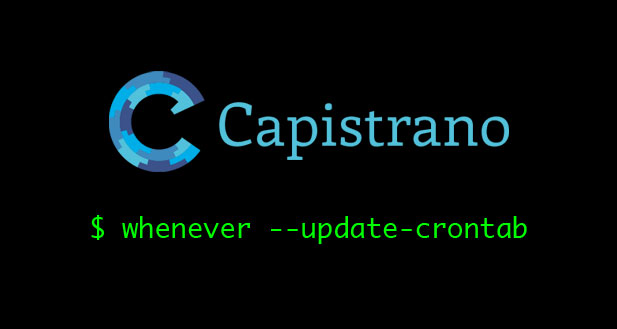Practice
I recently read Chad Fowler’s The Passionate Programmer, a book broadly concerned with finding fulfillment through work in software development. The book had an unexpectedly strong impact on me. Many of Fowler’s key points aligned uncannily with recent experiences and observations of my own. One section that leapt out in particular to me concerned practice.














